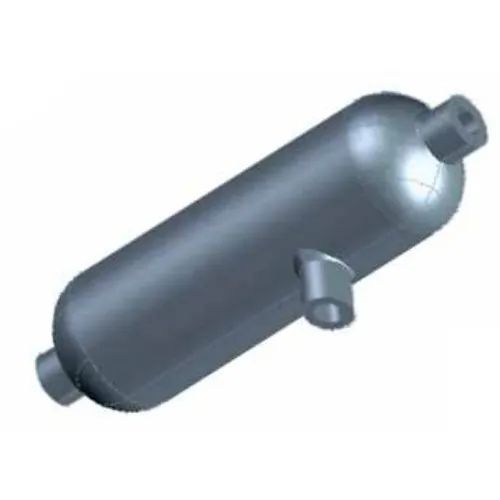Condensate Pot Manufacturers In Mumbai
What is a condensate pot and where is it used?
A condensate pot is mostly utilized in steam pipelines to achieve accurate flow measurement. A condensate pot is capable to provide an interface between the vapor and the liquid. The condensate pot will be installed in the pipeline and it will be installed near the restriction device. Mostly Condensate Pot Manufacturers In Mumbai are available in a different range of materials. Condensate pots are capable to catch and hold condensate or foreign material. Due to this the manifolds and orifices will be clean from foreign materials.
Condensate Pot Manufacturers In Mumbai are also called seal pots because it would create a liquid seal between the instrument and the gases mostly it would be steam. The major function of the condensate pot is to maintain the level of the liquid in the impulse line.
Why condensate pot is required?
In order to improve the overall performance in a process plant where there is a steam distributed system, steam condensate recovery is required. The performance can be improved by steam condensate recovery. By doing this we can achieve trouble-free operation of steam heated shell and also the tube heat exchanger. In an industrial plant, condensate removal would provide effective operation and there won’t be any hammering or corrosion.
A condensate pot is required in the steam-heated heat exchangers. The condensate pot can prevent flooding in the heat exchanger by the condensate. In a condensate pot, the condensate level can be controlled by utilizing an independent level controller or temperature level cascade controller. If the independent level controller is utilized with the condensate pot, then the manual adjustment would be required. The heat exchangers’ surface area would be manually adjusted to match the actual thermal requirements, so operator intervention is required. If the level control is done by the cascaded process temperature cascade controller, then automatic adjustment of the heat exchangers surface area can be achieved to match the actual thermal requirements.
How to install the condensate pot?
Condensate pots are mostly installed directly in the pipeline and also it can be flanged below the low-lying points of the pipeline. This device can be installed vertically or horizontally according to the pipeline. The Condensate pot will be installed between the flow meter and the transmitter and thus it will act as a barrier to the line fluid thus direct sensing of the flow can be achieved.
- In order to connect to the flanges or to the steam line stainless steel tubing can be utilized
- Condensate pot must be kept near the steam line
- Make sure that the condenser and the condensate chamber are at the same level
- If it is installed in a vertical pipeline then align the lower connection point to the steam pipe with the upper connection point
- The instruments must be kept below the condensate chamber for the flow measurement
- Utilize the air vent on the top of the condensate chamber to vent air during commissioning
- Install tubing and valves to allow the sensing lines to be blowdown every year and this would make sure that there is no plugging because it can affect the measurement
What are the factors that must be considered while selecting a condensate pot?
- Material of construction
- Pressure range
- Volume
- Connection type
- Connection size
- Temperature rating
What are the major applications of condensate pots?
- Power plants
- Chemical industries
- Oil refineries
- Petrochemical industries
- Steel plants
What are the advantages of condensate pots?
- It can provide accurate flow measurement
- It would protect the instrumentation device
- Liquid level can be maintained at a constant level
- It can prevent corrosion in the pipeline
- It will collect the foreign material and condensate in a pipeline and thus it would protect the pipeline and also the components in it
- Condensate pots will create a liquid seal between the hot gases and the instrument, and thus it would protect the instrument
- It will improve the performance of the process plant
- It will reduce the maintenance cost

